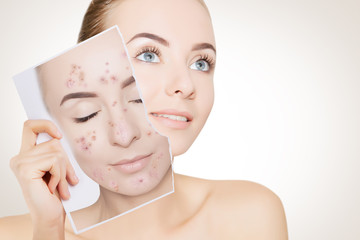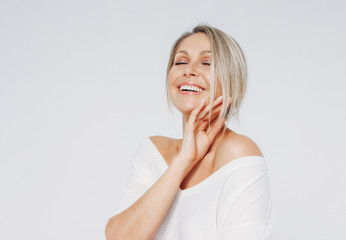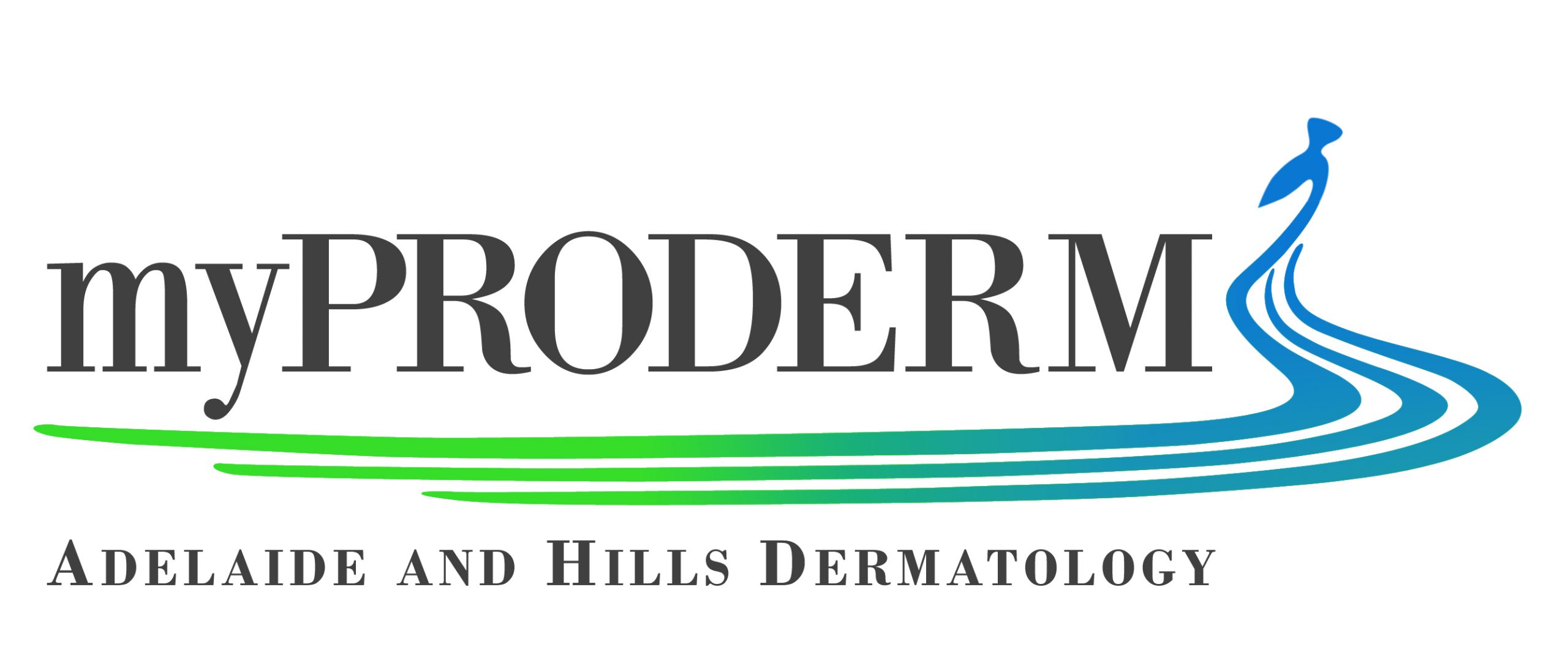Acne
Acne (acne vulgaris) is a common skin condition that impacts almost 90% of teenagers aged 16-18 according to Australian Family Physician, the peer-reviewed journal of the Royal Australian College of GPs. Acne also occurs in adulthood. Acne usually appears on the face, forehead, chest, upper back and shoulders.
There are 4 steps that together lead to the development of acne
- A buildup of sebum (natural skin oil) and skin cells block the hair follicles
- There is an excess of sebum, which is a different composition in people who are prone to acne
- Bacteria are present on the skin (Cutibacterium acnes)
- Inflammation is present
Signs of acne include
- Whiteheads/Blackheads – Closed/open plugged pores.
- Papules – Red inflamed bumps
- Pustules – “Pimples”. Red bumps with pus.
- Nodules/Cysts– Solid, painful lumps under the skin.
- Scars – These can be red, indented or thickened.

Acne vulgaris is the most common form of acne and is the type that occurs in adolescence. Post-pubertal acne can also occur, predominantly in adult females aged 20 – 40. This type is much more persistent and often involves inflammatory nodules and cysts on the lower face.
Hormones can trigger acne in adolescence during puberty or with menstruation (periods).
Hereditary (genetic) factors play a role in acne, but these have not yet been fully identified.
Other factors that may contribute to acne include
- Underlying disease. Such as an endocrine or hormonal disorder like Polycystic Ovarian Syndrome.
- Medications. Some medications are linked to acne including lithium, anticonvulsants, barbiturates, cortisone and hydrocortisone.
- Cosmetics. Acne can also be triggered by heavy or greasy cosmetics and some moisturisers.
- Lifestyle triggers. Stress is a common lifestyle trigger, along with cell phones held to the face or yoga mats that contain an overgrowth of bacteria if not regularly cleaned. So, opt for hands free phone conversations, regularly clean your device/yoga mat or sports equipment. And use an elastic band to pull back hair instead of wearing a sweatband during a workout.
- Diet. The role of diet in acne is still controversial and under research. Low GI (glycaemic index) foods have been shown to be beneficial over high GI foods.
- Touching. Constant face touching or resting your chin on your hand as you work, can worsen acne. This is also seen from wearing masks (“maskne”) where there is occlusion and humidity on the skin.
Unfortunately, acne cannot be prevented per se, however there’s plenty that can be done to reduce the severity of outbreaks including
- Washing your face with a soap-free mild non-comedogenic (non-pore clogging) cleanser twice a day and pat dry rather than rubbing.
- Knowing your skin type. For instance combination skin may have a dry outer zone and an oily T-Zone around the nose, cheeks and forehead. On these areas, you may wish to choose non-comedogenic products that are formulated not to block pores.
- Avoid heavy make-up and moisturisers. Avoid oil- or silicone-based products as these tend to contribute to whiteheads and blackheads in people prone to acne.
- Some over the counter treatments can help prevent acne from worsening (see treatments below).
- Don’t squeeze. The golden rule is do not squeeze as this causes bleeding and scarring.

Treatment of acne will depend on the type and severity of the condition.
- Topical Treatments These are creams, ointments, washes and lotions and include ingredients such as
- Benzoyl peroxide which slows the production of sebum, kills bacteria, and accelerates skin replacement.
- Salicylic acid which reduces swelling and inflammation and breaks down blackheads and whiteheads.
- Retinoids which helps unblock pores through cell turnover.
- Azelaic acid which strengthens cells that line the follicles, stops sebum eruptions, and reduces bacteria.
- Oral Treatments. If acne is persistent or severe, tablets can be prescribed to help control the condition. These may be “pulsed” (short course) or be required for several months to years, depending on the type of therapy. Oral treatments include antibiotics, retinoids, oral contraceptives and anti-androgens.
- Oral Retinoids are a very effective treatment of severe acne that has not responded to other medications and treatments. These are strictly controlled medications with potentially serious side effects and must be monitored by your dermatologist.
One of the goals of acne treatment is to prevent scarring. Scarring will not respond to the above topical or oral treatments. Once acne is no longer active and you are off all acne medications, scar treatment can be considered.
Helpful Links
* Incidence – RACGP Acne in Teenagers
